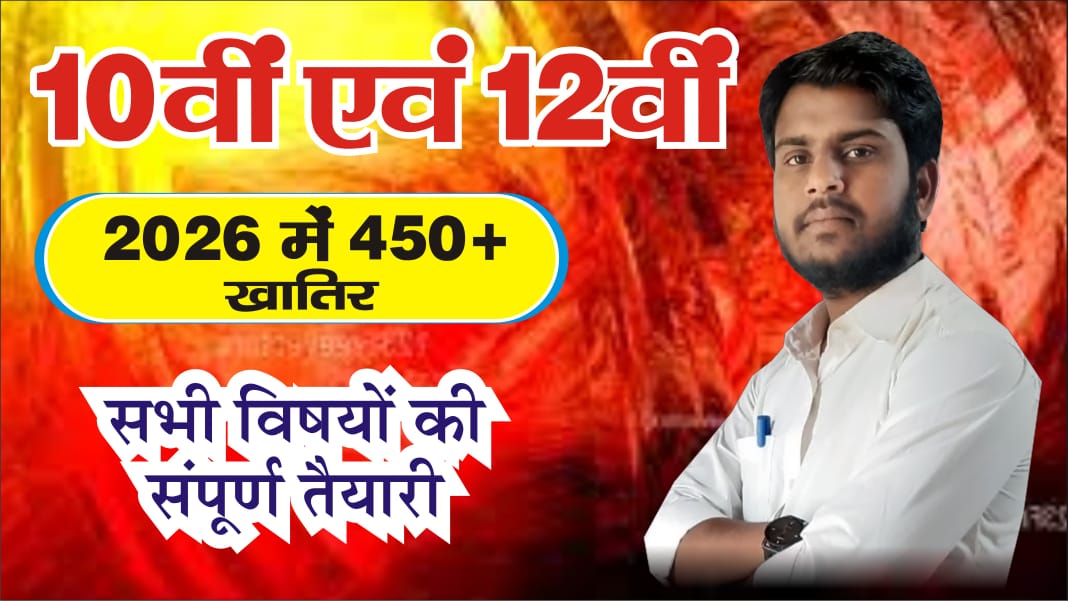Uncategorized
1. In this lesson, the author gives us his views on Indian ….. and
civilization.
(a) culture
(b) business
(c) fabrics
(d) technology
2. It is the feeling of belonging to one ……… that is so
special about Indian culture.
(a) religion
(b) group
(c) region
(d) race
3. Indians have shown the power to make ……… changes and
of becoming used to new situations.
(a) big
(b) little
(c) monstrous
(d) gigantic
4. Culture is always a complex ……… strands of varying
importance and vitality.
(a) two
(b) three
(c) four
(d) many
5. In India, the difference betweert the masses and
classes is not one of quality but of information and :
(a) opportunity
(b) food
(c) dress
(d) hair
6. Who is the author of “The Unity of Indian Culture”?
(a) Humanyan Kabir
(b) Sumitra Nandan Pandit
(c) Khushwant Singh
(d) Mahadevi Verma
7. Humayun Kabir was a famous ….
(a) Poet
(b) Novelist
(c) Political thinker
(d) All of these
8. During which of the following Prime Minister, Humayun
Kabir was a central minister ?
(a) L.B. Shastri
(b) J.L. Nehru
(c) Indira Gandhi
(d) Morarji Desai
9. This article is an adapted version of the lecture
delivered by Humayun Kabir in …..
(a) Delhi University
(b) JNU
(c) Baroda University
(d) Allahabad University
10. Who were regarded as the earliest invaders of India,
till recently, according to the author :
(a) Aryans
(b) Greek
(c) Australians
(d) Turkish
11. According to modern research, the existence of …..
has been considered to be true :
(a) Post-Aryan invaders
(b) No Pre-Aryan invaders
(c) Pre-Aryan invaders
(d) None of these
12. Who were Sakes and Hunas ?
(a) Greek tribes
(b) Chinese tribes
(c) Invader on India
(d) None of these.
13. What is the meaning of ‘absorbed ‘?
(a) take in
(b) take out
(c) take away
(d) None of these
14. Indian culture is …..
(a) Flexible
(b) Beautiful
(c) Blend of many cultures
(d) None of these
15. Which word stands for “following something as a
result?
(a) Condemn
(b) Consequent
(c) Case
(d) Carlt


